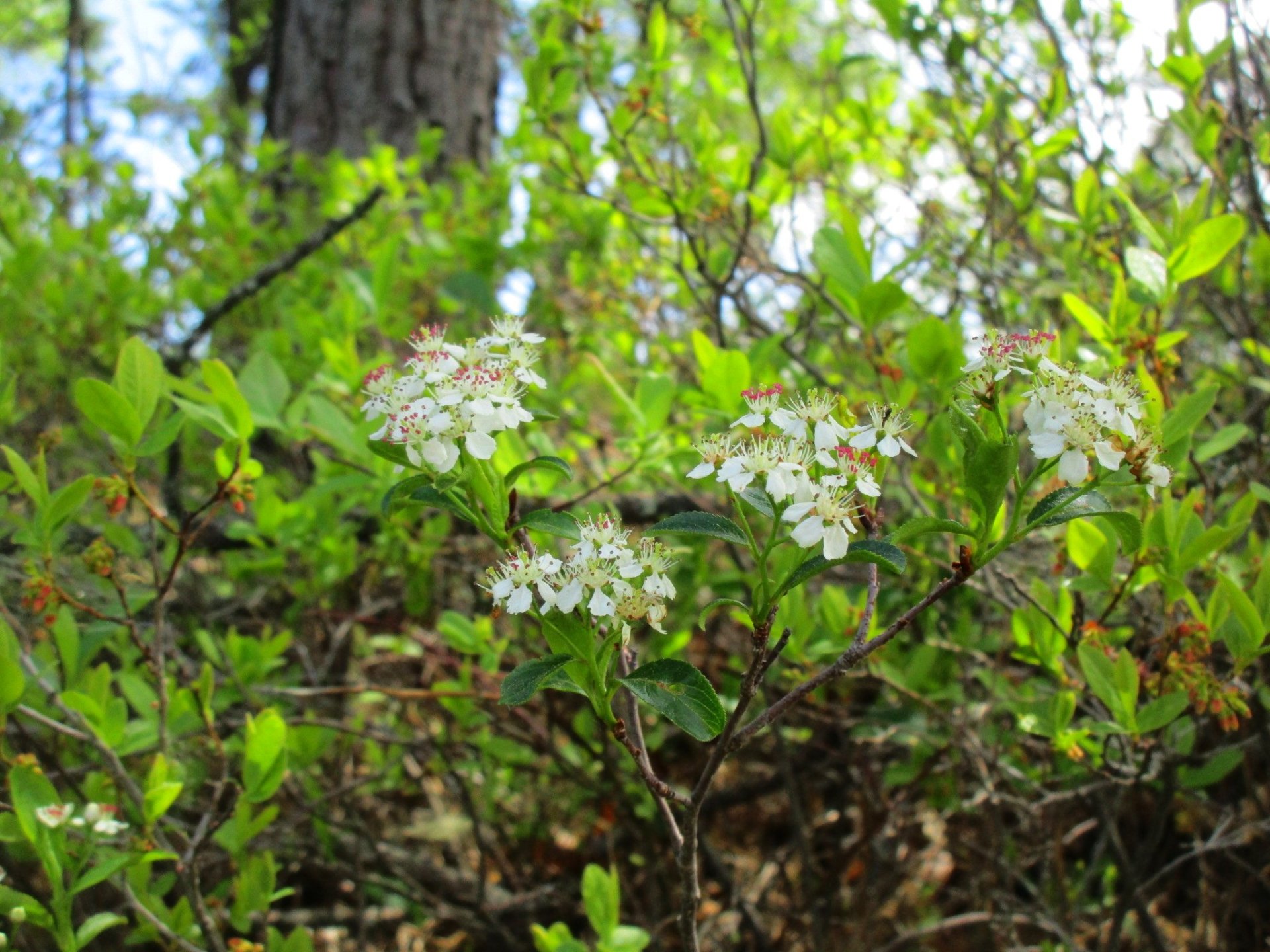by Tom Ellis
ALBANY, NY: Amanda Dillon, field ecologist and entomologist for the Albany Pine Bush Preserve Commission (Commission), was the speaker at the November 16 Save the Pine Bush virtual meeting. She discussed “Science in the Albany PIne Bush Preserve.”
Amanda Dillon earned both a BS in Natural History and Interpretation in 2007 and a MS in Environmental Forest Biology with a concentration in entomology from the State University of New York College of Environmental Science and Forestry
Ms. Dillon thanked Save the Pine Bush for all the great work SPB has done over the years protecting the pine barrens in Albany County.
The Karner Blue Butterfly (KBB), she said, is on both the state and federal endangered species lists. Pine Bush populations are determined by walking, counting, and estimating. KBB travel less than 200 meters throughout their lives. The growth of Pine Bush KBB populations in recent years is aided by accelerated colonization where gravid female KBB are taken to New Hampshire where their young are reared and later returned to the Pine Bush. Sites inhabited by KBB are frequently restored by Commission staff. KBB have two broods per year, the first in mid-May to early June, the second a month or so later. Increasing the acreage of KBB habitat has occurred via land acquisition, restoration, and management. The first KBB brood is often smaller than the second for many reasons including variations in winter mortality. The Blue Lupine, upon which the KBB feeds, is monitored each year. The density of Lupine stems are counted. The Pine Bush is divided into management units of 2-50 acres. Many factors impact KBB density including rainfall and snowpack.
Pollinators and vegetation are also monitored. About 190 species of bees reside in the Pine Bush. Ms. Dillon has studied bees since 2010 when first employed by the Commision. Some bees are captured and later released. Some nests are below ground allowing bees to survive prescribed burns.
Commission staff use camera traps to monitor how mammals use the managed landscape like deer that may tend to stay in forests during day time and more open areas at night.
Water table depths are monitored in spring, summer, and fall. Most years the Pine Bush dries out during the year.
The Southern Pine Beetle, she said, is a native species that is moving north. It reproduces quickly and can kill pines by girdling them. Pines are more likely to survive in open canopies. No data for 2022 is available yet but the beetle was found in 2020 and 2021.
Ms. Dillon said there are 74 species of concern in the Pine Bush including 46 bird species. The Commission documents bird species and estimates their populations. Birds are captured in mist nets and banded. Hundreds of bird banding stations are operational in North America and others in South America. Thus the Commission and other bird watchers share information and learn from each other. Ms. Dillon said about 950 birds were banded in 2022?, over ninety percent had not been banded before. She said the age of the birds can be determined by examining the feathers.
Project Owlnet is a continent-wide study, 110 Northern saw-whet owls have been caught in the pine bush between October and November over the last 7 years, recaptures from other stations are common, six were caught in the Pine Bush in 2022, down from dozens in 2016-2017.
She said two Motus (Motus.org) towers that use radio frequencies to track bird movements have been constructed on the roof of the Commission’s Discovery Station. The stations are automated and stationary. The Motis collect data on what flies over them and provide information on how birds utilize the landscape and maintain territory.
Ms. Dillon said some species such as snakes are hard to draw conclusions about because they are rarely seen.
During the questions and comment portion of the program, Ms. Dillon said the Pine Bush is fairly important for bird migrations; some fly over the Pine Bush from Alaska enroute to South America. She saw many brown beetles this summer in the Pine Bush, droughts contribute to toad mortality, toads are drawn to lights to catch bugs but then eaten by snakes. She said there are 400 bee species in New York and 4,000 in North America.
Asked about the impact of the covid pandemic on Karner Blue Butterflies, she said the first 2020 brood may have benefitted from reduced human activity in the Pine Bush, but not the second as people returned. Shorter winters, less snowpack, and shorter snowpack durations all impact KBB populations. Insect populations are subject to boom and bust cycles for unknown reasons.
She said a Northern saw-whet owl captured in Michigan’s upper peninsula was recaptured in the Pine Bush. Asked about climate change impacts on Pine Bush wildlife, she said Commission staff hope the KBB will be more resilient due to the Pine Bush’s variety of microclimates created by the dune topography and complex of habitats. KBB may move from the south to the north sides of dunes.
